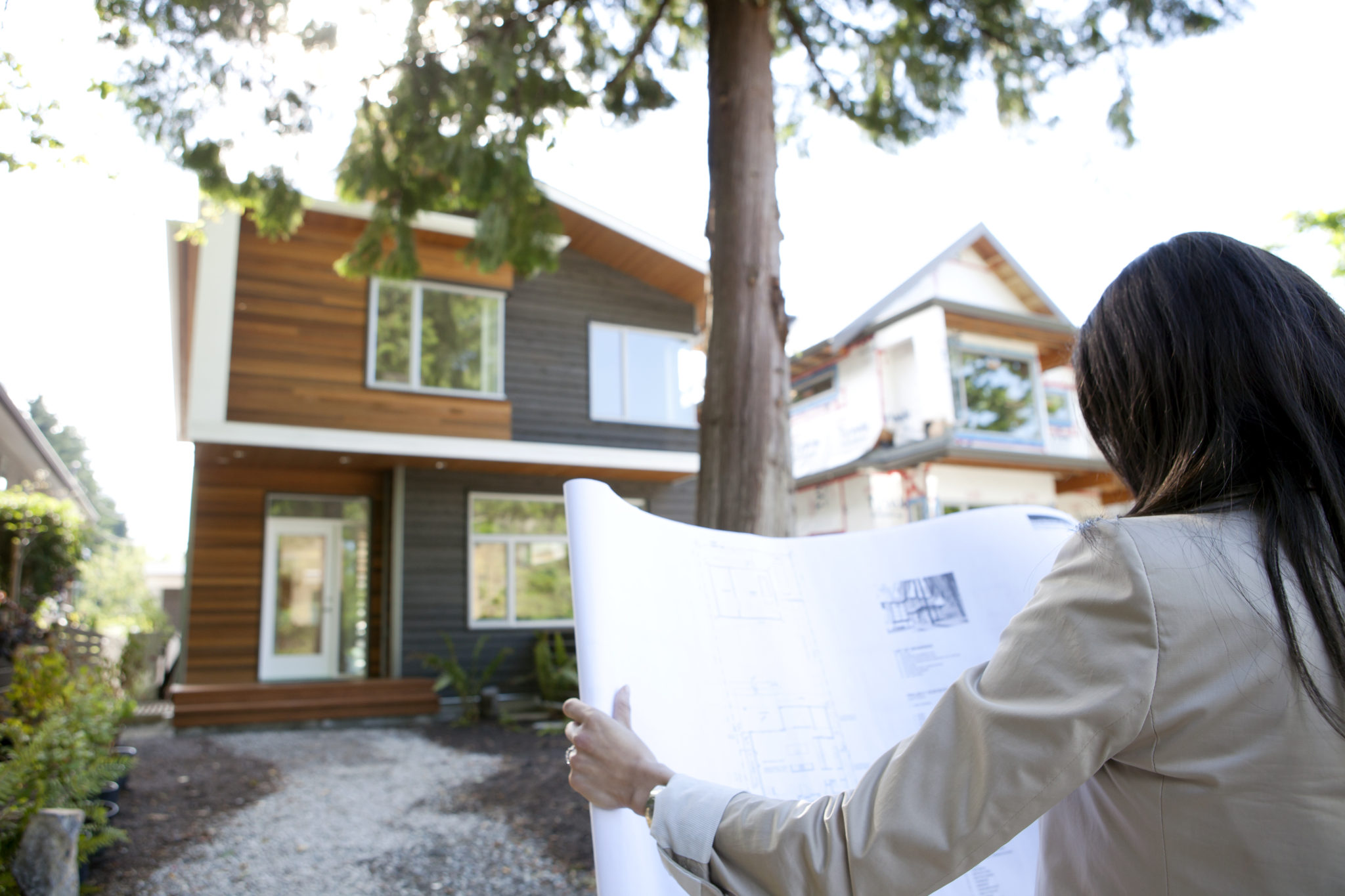Zillow’s Housing Market Predictions for 2020

January 23, 2020
2 Minute Read
“Stable and steady” seems to be the theme for housing activity in 2020, according to Zillow research. While the market has certainly smoothed out after years of roller-coaster dips and turns, that doesn’t mean peace and quiet for buyers: Inventory remains low, demand high.
Here are our top predictions for 2020.
No recession after all
It wasn’t too long ago when industry experts, including Zillow economists, were anticipating a recession in 2020, but the U.S. economy had other ideas and has stayed relatively healthy.
Consumer spending grew in 2019 and has remained steady, a reflection of consumer confidence in business and development. Job growth is also on the rise, while unemployment hovers at near-record lows. And annual wage growth has hovered around 3% for some time now — handily ahead of inflation, which has remained stuck below 2%.
Collectively, these signs point to a growing economy — rather than a recession — in 2020.
Smaller new construction single-family homes
While tiny homes might be all the rage, the size of most new construction homes won’t shrink to that extreme — but they are getting smaller. Square footage of new construction single-family homes started decreasing in 2016 and we predict that trend to continue.
Why is it shrinking? A lot of it might be because of younger buyers. They prefer denser, urban homes in walkable neighborhoods, and they can’t afford larger, resale homes. But older buyers are driving the trend too: They’re looking for smaller homes with less maintenance and more accessibility.
More stable and sustainable home values
Slow and steady wins the race and in this one, home values are the tortoise. Annual growth of the typical U.S. home value peaked at almost 7% in mid-2018 before steadily slowing down throughout 2019, during which annual growth decreased every single month compared to the month prior. We predict the annual growth of the median U.S. home value will continue slowing down and stabilize around 3%, a sustainable pace that matches wage growth and inflation.
Low rates equals high demand
Mortgage rates dropped in 2019, and we’re not the only ones to think they’ll stay near their current lows in 2020. The Fed will likely maintain these rates if GDP growth stays tepid, global volatility continues and inflation remains at lower levels.
If the Fed doesn’t increase the key rates that influence mortgage rates, the demand for homes will likely remain high and spark price growth in the most affordable markets. But don’t expect the same outcome in pricier markets along the West Coast and in the Northeast, since buyers there still struggle to come up with the high down payments they need.
Slow-but-climbing home sales
After the last decade’s fluctuating home sales, 2019 ended on an upswing. Mortgage rates fell, prompting buyers to jump on limited inventory and give home sales a much-needed boost.
For 2020, we expect home sales to continue growing, even if slowly. Residential construction activity is on the rise despite shortages and cost issues with lumber, labor and land. Builders clearly have some confidence, reflected in healthy permits and starts — activity today that will result in more homes to sell tomorrow.
Builders, meet buyers.
82 percent of prospective buyers consider new construction.* Make it easy for them to find you – list where they’re looking.
*Zillow New Construction Consumer Housing Trends Report 2025
Learn More